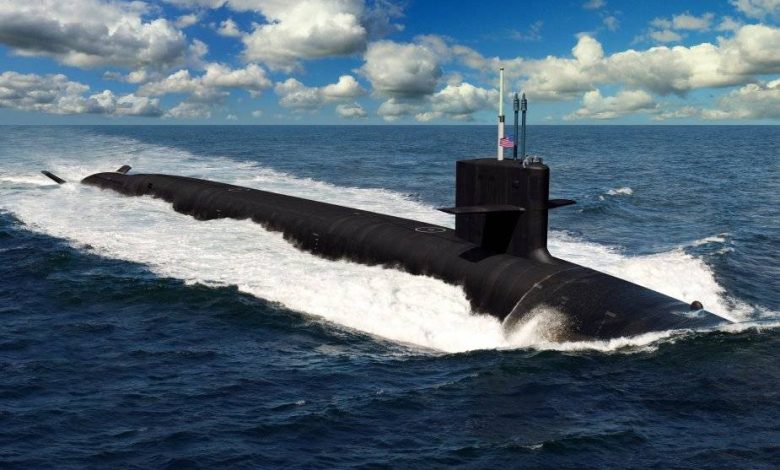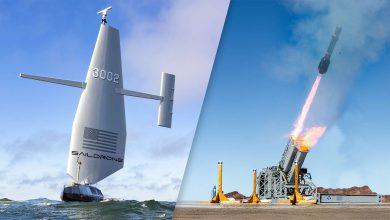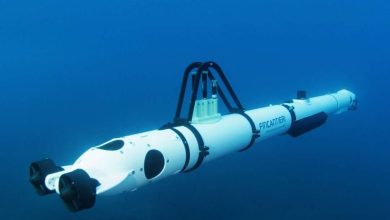
General Atomics Secures Contract for Innovative Naval Propulsion Technology
According to a public announcement issued by General Atomics, General Atomics Electromagnetic Systems (GA-EMS) has received a developmental contract from the Naval Surface Warfare Center Carderock Division (NSWCCD) to furnish manufacturing design schematics, engineering services, fabrication, inspection, and assembly of prototype propulsors, shafting, and bearing components, along with the apparatus required for propulsor research, development, testing, and evaluation.
“This presents yet another thrilling opportunity for GA-EMS to showcase our prowess in supporting essential Navy engineering and development initiatives,” remarked Scott Forney, president of GA-EMS. “Given our established record in technical design, manufacturing proficiency, and outstanding facilities, we are becoming the go-to source for transforming innovative technologies from initial concept to prototype and advancing through to full-scale production. We take pride in our ongoing commitment to support vital Navy programs that provide the most cutting-edge, secure, and dependable technologies to our service members.”
GA-EMS will collaborate with NSWCCD to create innovative propulsor components for both naval surface vessels and submarines. Design and analytical work will mainly be conducted at GA-EMS’ facilities located in San Diego, CA, while the manufacturing engineering and production will take place at the company’s manufacturing site in Tupelo, MS.
This initiative serves the NSWCCD Advanced Propulsor Management Office’s needs for the design and development of prototype propulsors, shafting and bearing components, mechanical design specifications, and manufacturing strategies to aid the COLUMBIA Class Submarine Program Office, the VIRGINIA Class Submarine Program Office, and forthcoming R&D efforts directed towards the next generation of propulsor and shafting systems.






